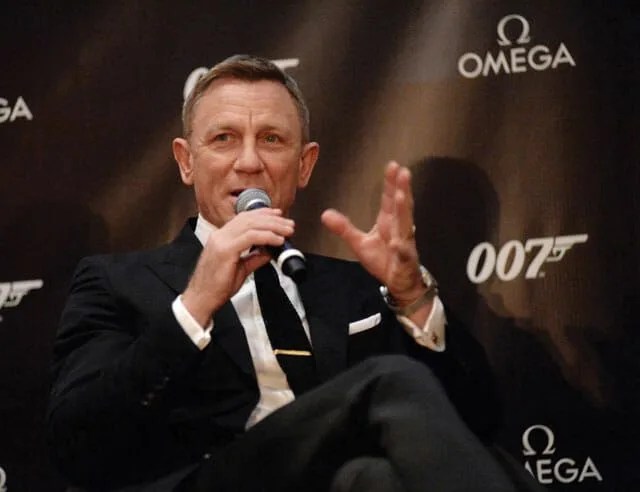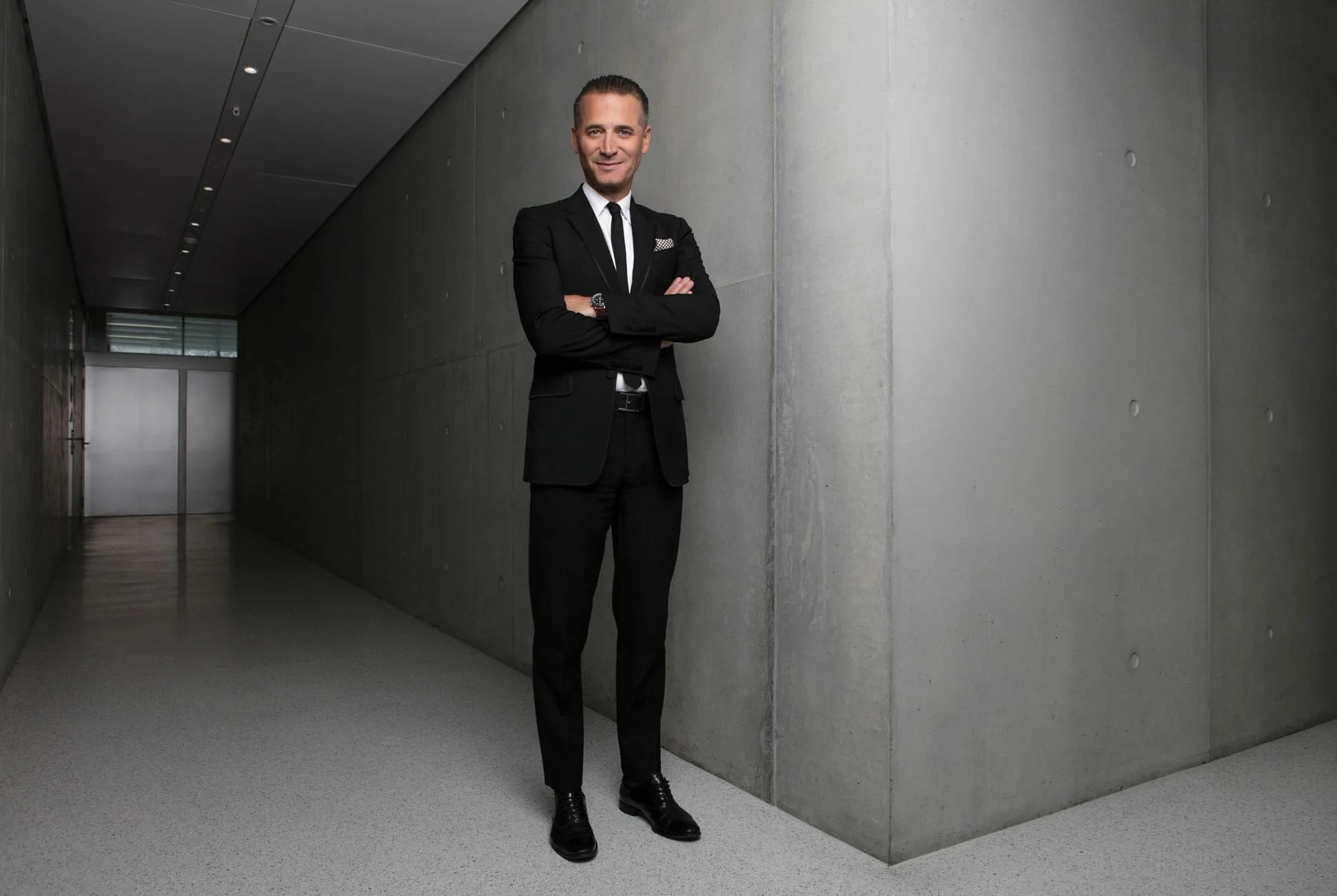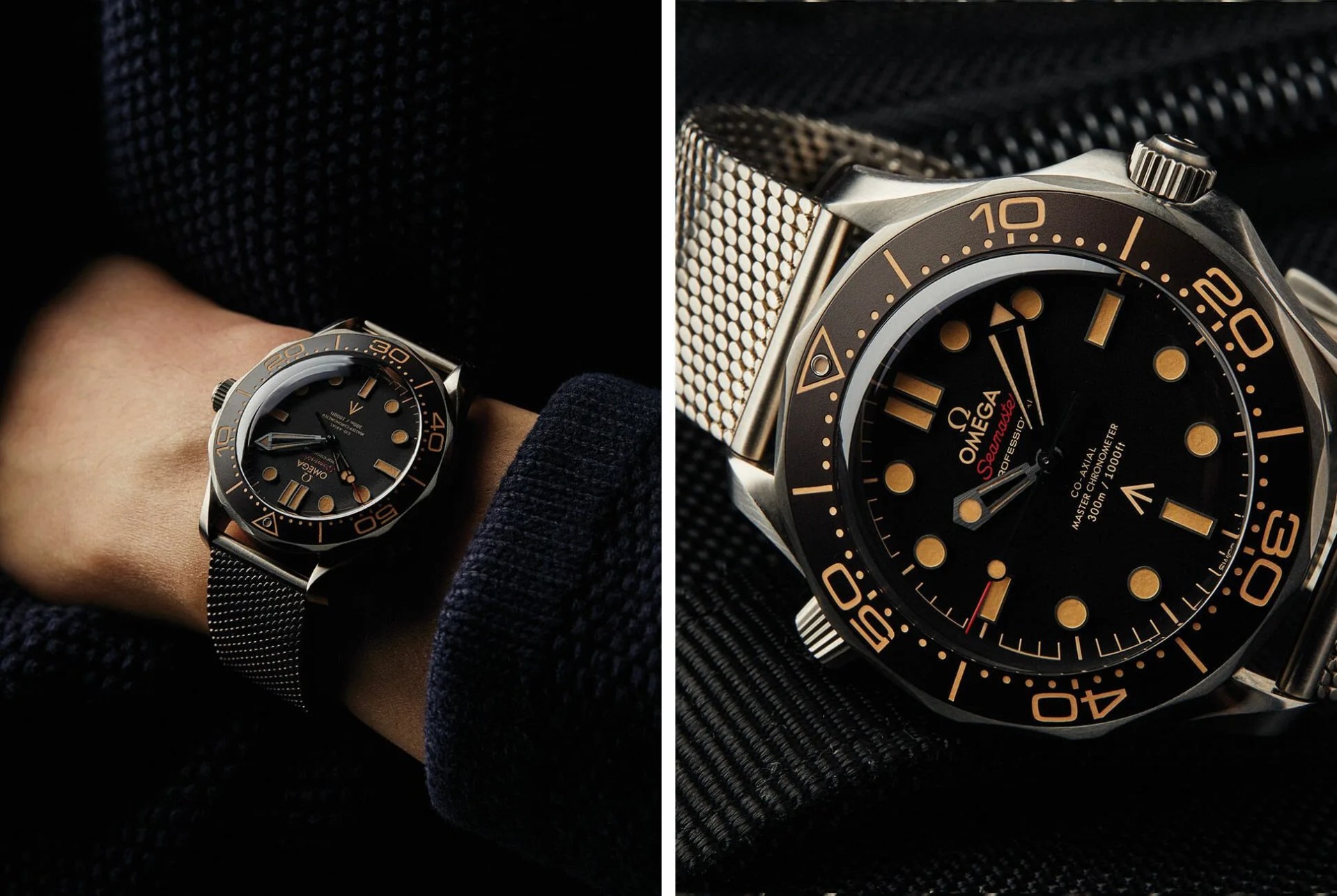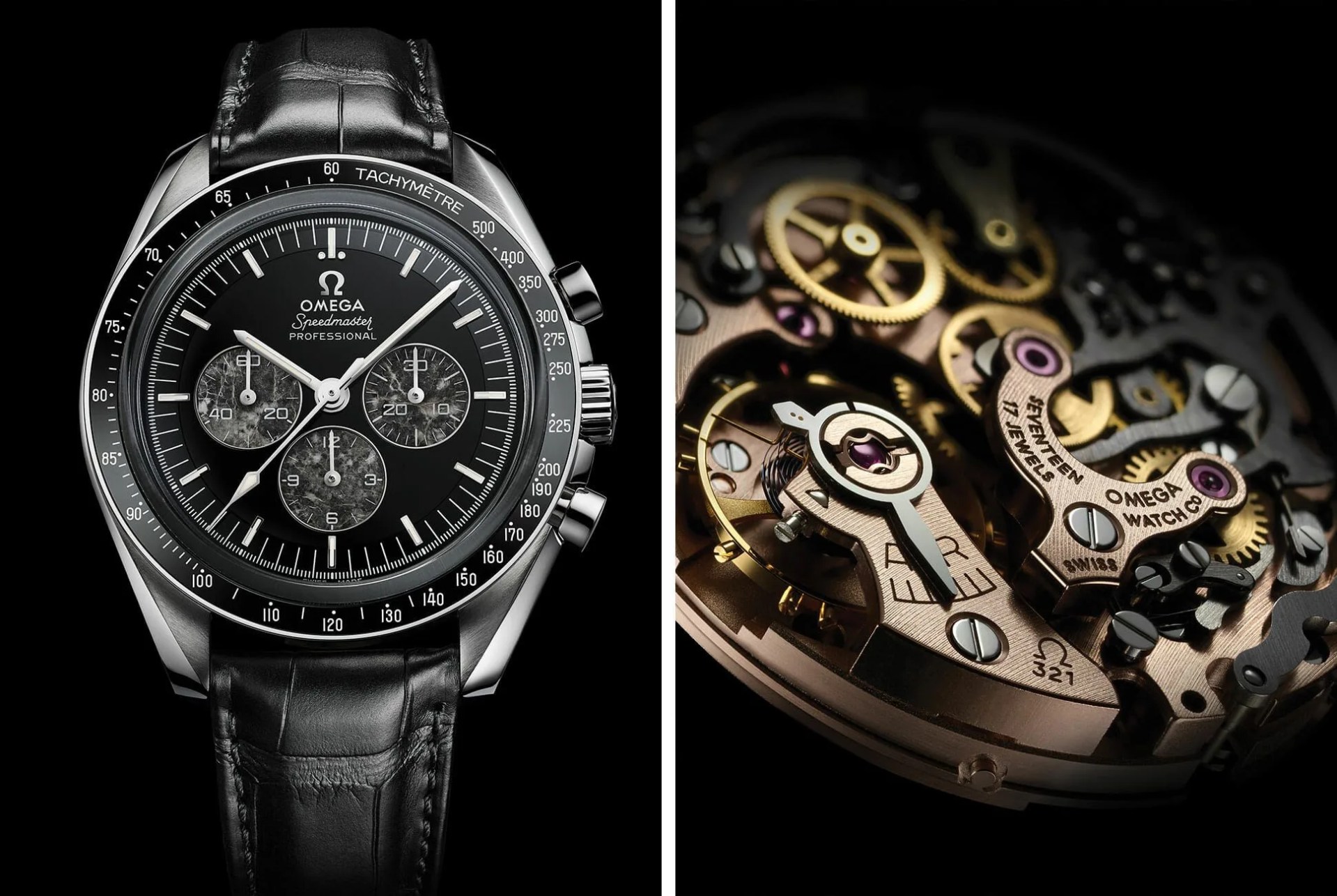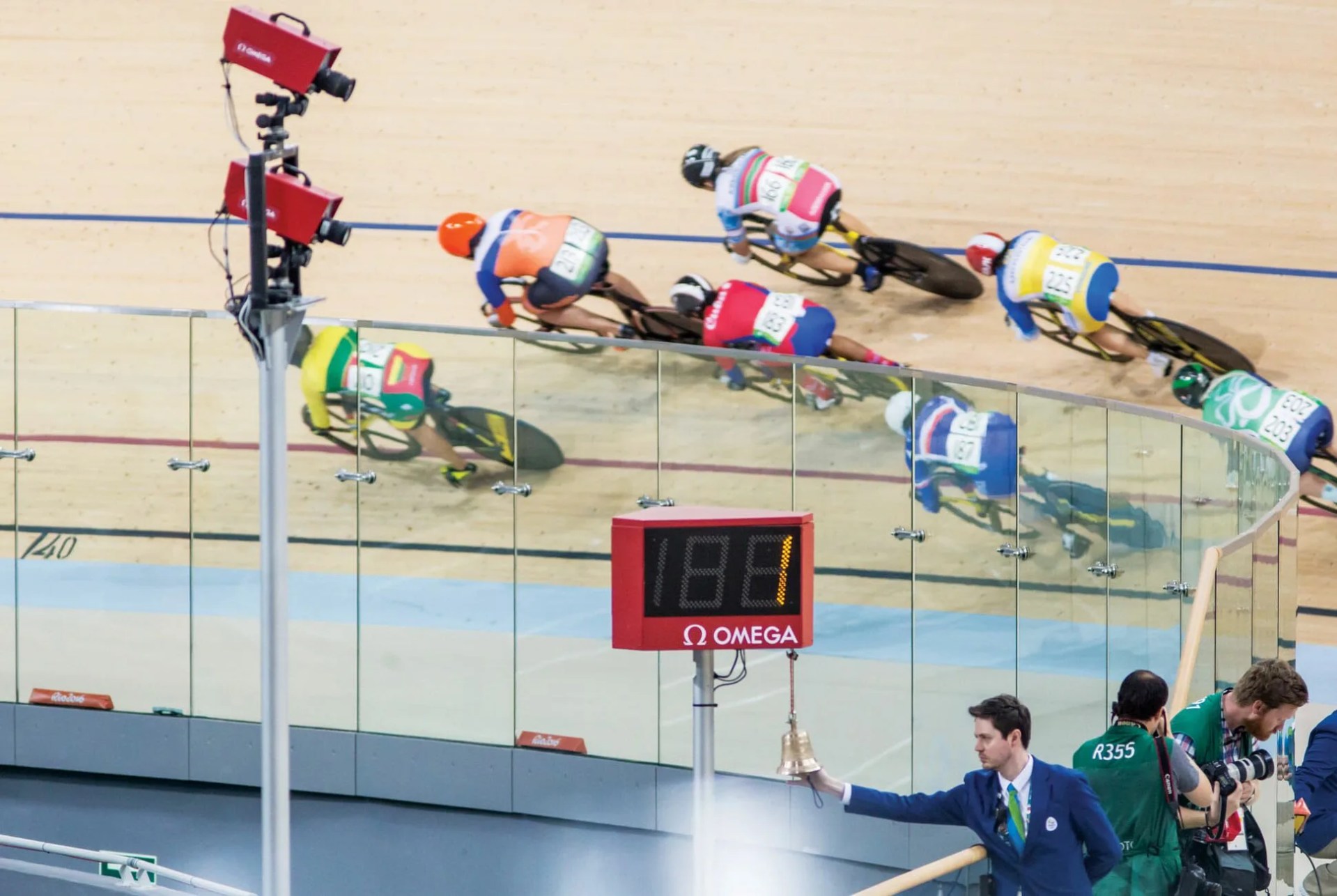Raynald Aeschlimann’s rise is not surprising. Watches are, if not his destiny, then at least his inheritance. A Swiss native and the grandson of a watchmaker, Aeschlimann can trace his connection to timekeeping back generations. He’ll be the first to tell you, however, that none of that can erase the pressures of helming the second-largest watch company in the world.
With a tenure dating back to 1996, Aeschlimann has been with Omega through many initiatives and eras, having overseen the launch of online sales in the United States, the company’s continuing partnership with the James Bond franchise, the construction of a new museum in Switzerland and, now, the development of technology that will time the Olympic Games down to an unprecedented millionth of the second.
The Interview
Editor’s Note: This interview has been edited and condensed for space and clarity, and was first published in April 2020.
Q: You grew up in Saint-Imier, a town with a significant watchmaking heritage. What was that like?
A: Switzerland is generally a very idyllic place to grow up, especially in the beautiful area around Saint-Imier. Of course, the region also has a special history, totally unique in the world, and so I grew up with a great appreciation of its extraordinary past. Watchmaking was always a part of our lives. It was all around us. Even my grandfather was a watchmaker, so the ideas of precision and craftsmanship were passed onto me from a very young age.
Q: You joined Omega in 1996, about a year after GoldenEye was released and James Bond started wearing Omega. Were you able to imagine the significance of this partnership at the time?
A: It’s funny because the idea didn’t come from Omega. It was the costume designers on GoldenEye who chose the Seamaster for James Bond. We were delighted, of course, and we knew that it would be great for our marketing. To be associated with such a stylish and adventurous character really suited our brand’s strengths. But at the time, we didn’t know how far it would go. It’s a credit to EON Productions and the producers for making the 007 franchise so successful, and enabling Omega to remain a part of the journey, right through the Pierce Brosnan and Daniel Craig films. It’s one of those things that happens naturally and then becomes an essential part of who you are.
